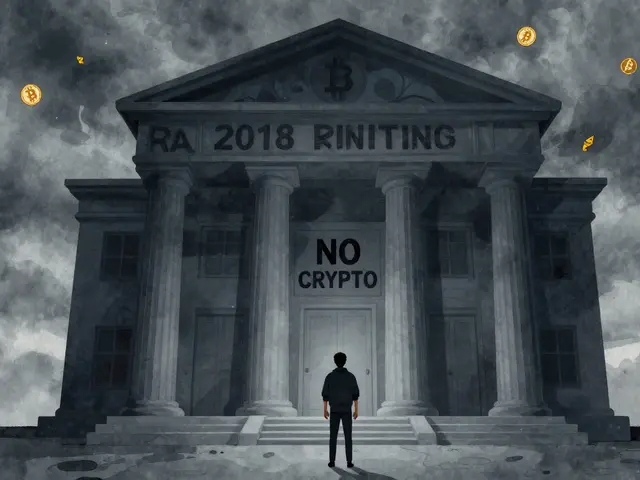Tokenomics: Understanding Crypto Token Economics
When talking about Tokenomics, the study of how crypto tokens are designed, distributed, and valued. Also known as token economics, it helps investors see why a token’s price moves and what incentives drive holders.
One of the most visible ways tokenomics shows up is through an airdrop, a free token distribution that jump‑starts community adoption. Airdrops create early‑holder rewards, shape supply curves, and can trigger price spikes if demand outpaces the new supply. Another key piece is the stablecoin, a token pegged to a fiat value. Stablecoins bring price stability to ecosystems, letting developers build lending and payment services without the volatility that most tokens face. Then there’s crypto mining, the process that creates new coins and controls inflation. Mining rewards feed directly into a token’s supply model, influencing long‑term scarcity and investor confidence. Finally, decentralized finance (DeFi) platforms rely on tokenomics to design liquidity incentives, governance rights, and yield‑generating mechanisms that keep users locked in.
At its core, tokenomics includes three pillars: supply, utility, and governance. Supply covers total emission, inflation rate, and any vesting schedules for founders or teams. Utility describes what the token actually does—pay fees, grant voting power, or unlock services. Governance defines how decisions are made, often through on‑chain voting that lets holders steer protocol upgrades. When you combine these pillars with distribution tactics like airdrops, mining rewards, or staking yields, you get a full economic picture that can be modeled and tested. For example, the VerseWar VERSE token uses airdrop incentives to boost early users, while Ozonechain’s OZONE token relies on a mining‑style inflation schedule. Stablecoins like XTUSD illustrate how a peg can change utility from speculative asset to reliable medium of exchange, affecting both demand and liquidity.
Understanding these relationships lets you spot red flags—like a token with massive pre‑mined supply but no clear utility—or opportunities, such as a well‑balanced airdrop that seeds a vibrant community. Below you’ll find a curated set of articles that dive deeper into each of these topics, from mining‑friendly jurisdictions to DeFi governance models, so you can see tokenomics in action across real projects.Key Elements That Define Tokenomics
CoPuppy (CP) Token & CoinMarketCap Airdrop: What’s Real and What’s Not
Explore why the rumored CoPuppy x CoinMarketCap airdrop likely doesn't exist, learn the token's contradictory data, and get safety tips to avoid crypto scams.
Lamina1 (L1) Crypto Coin Explained
A clear, plain‑English guide to Lamina1 (L1) crypto coin, covering its purpose, tech, tokenomics, usage, buying options, risks and FAQs.






